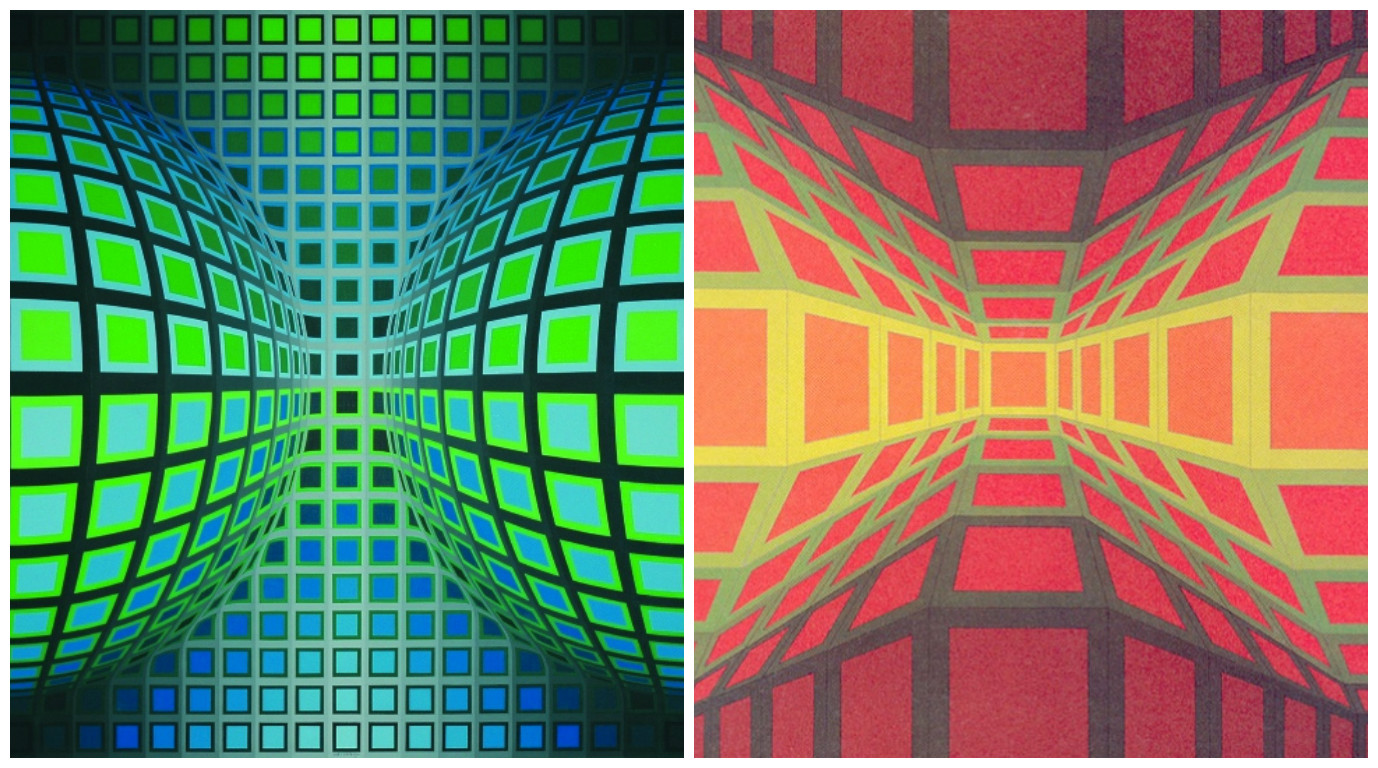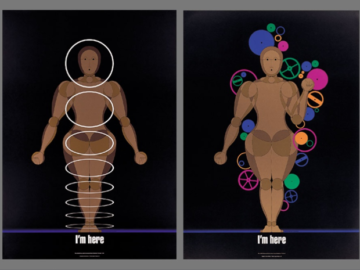Victor Vasarely (1906-1997), one of our Graphis Art/Illustration Masters, is internationally recognized as one of the most influential artists of the 20th century. As a leader of the Op Art movement, Vasarely was known for his innovative approach towards color and optical illusion. We featured his work in Graphis Issue 122 (1965), Issue 153 (1971) and Issue 175 (1974).
Graphis also published a book dedicated to his work. The advertisement in Issue 153 read:
A superb and exciting book on the recent work of the brilliant artist Victor Vasarely. Just awarded the international art book prize in Jerusalem. Designed by the artist himself,the book contains 150 plates, 80 of them in colour, on 208 pages 10-1/2 x 10-1/2 inches in size. Some of the pictures are reproduced on acetate film, others have die-cut perforations. The feature on Vasarely which appears on pp.10-21 of this issue furnishes some idea of the authentic quality of this work. The sensational success of VASARELY I — the first edition was out of print in three months — made an immediate reprint necessary. This second edition is now available, and GRAPHIS readers can obtain copies through the Graphis Book Service. All you have to do is fill in the coupon and send it to the Graphis Book Service, Nüschelerstrasse 45, CH -8001 Zurich, Switzerland, either enclosing a cheque or paying the amount into our account with the Swiss Credit Bank, Zurich. The book will then be sent you by return.
Born in Pecs, Hungary, Vasarely studied art at the Podolini-Volkmann Academy in Budapest and the Muhely Academy, also known as the Budapest Bauhaus. At the Academy, he familiarized himself with contemporary research in color and optics, which heavily influenced his artistic practice. Vasarely held his first one-man show in 1930 at the Kovacs Akos Gallery in Budapest.
For the next 13 years, Victor Vasarely devoted himself to graphic studies. His lifelong fascination with linear patterning led him to draw figurative and abstract patterned subjects, such as his series of harlequins, checkers, tigers, and zebras. During this period, Vasarely also created multi-dimensional works of art by super-imposing patterned layers of cellophane on top of each other to attain the illusion of depth.
By 1947, the artist had discovered his place in abstract art. His optical images became a part of popular culture, having a great impact on architecture, computer science, fashion, and the way we look at things in general. Vasarely became a recognized leader of the avant-garde group and helped found the Galerie Denise Rene.
Over the course of his career, Vasarely won a series of awards, including the Guggenheim Prize in 1964, the Art Critics Prize of Brussels, and the Gold Medal at the Milan Triennale. In 1979, he opened his first dedicated museum with over 500 works in a renaissance palace in Gordes, unfortunately now in a state of despair. Victor Vasarely’s legacy lives on with two Hungarian Vasarely museums, one of which is located in his hometown and the other in Budapest, with more than 400 works. A new Vasarely exhibit opened in the Paris Musee en Herbe in 2012.
To see more of Victor Vasarely’s work, click here.






